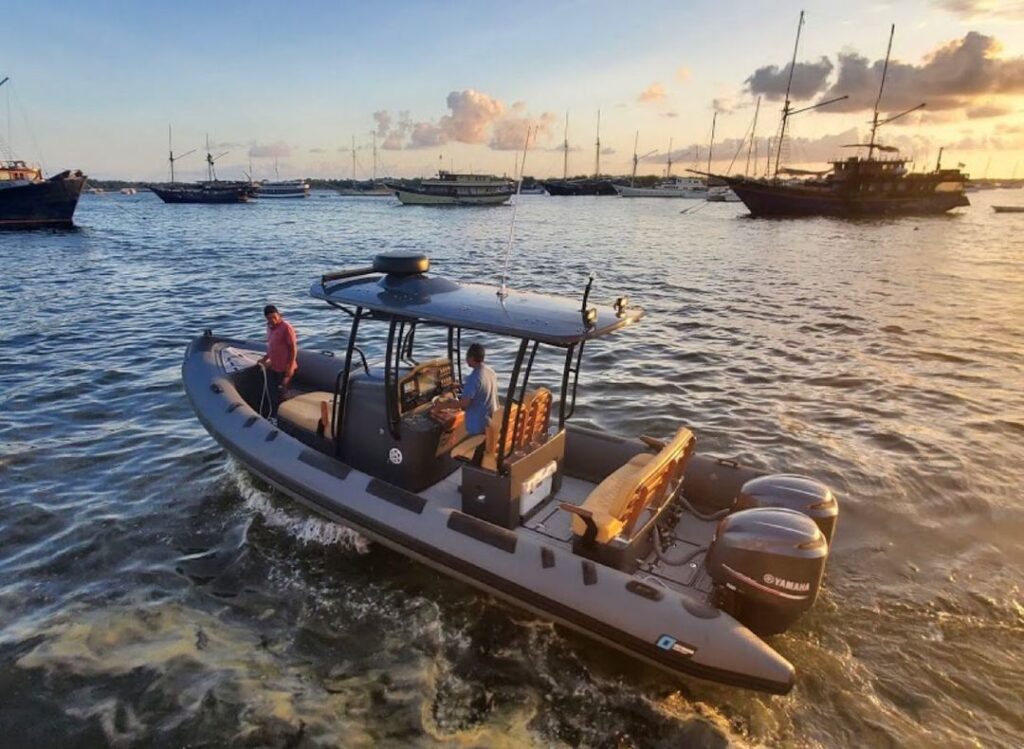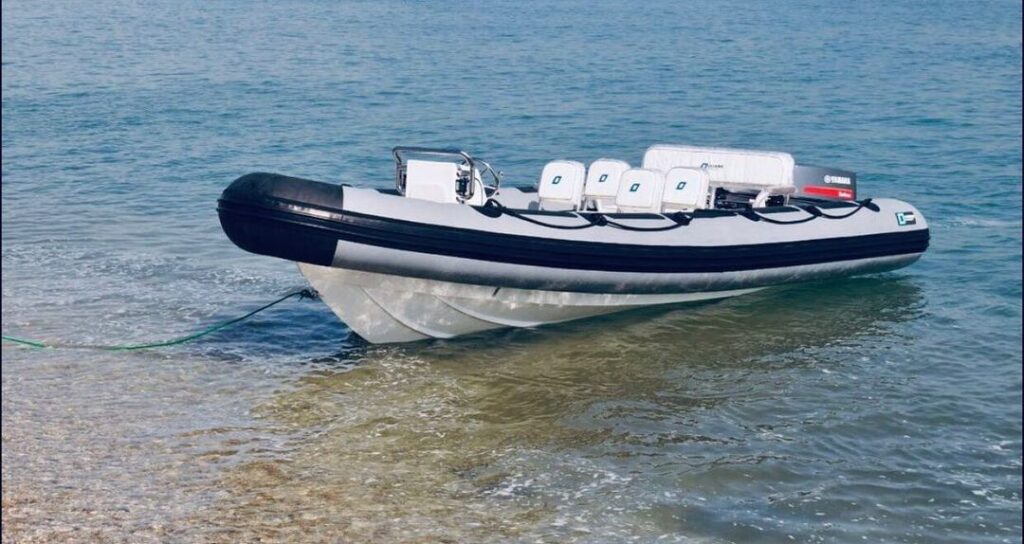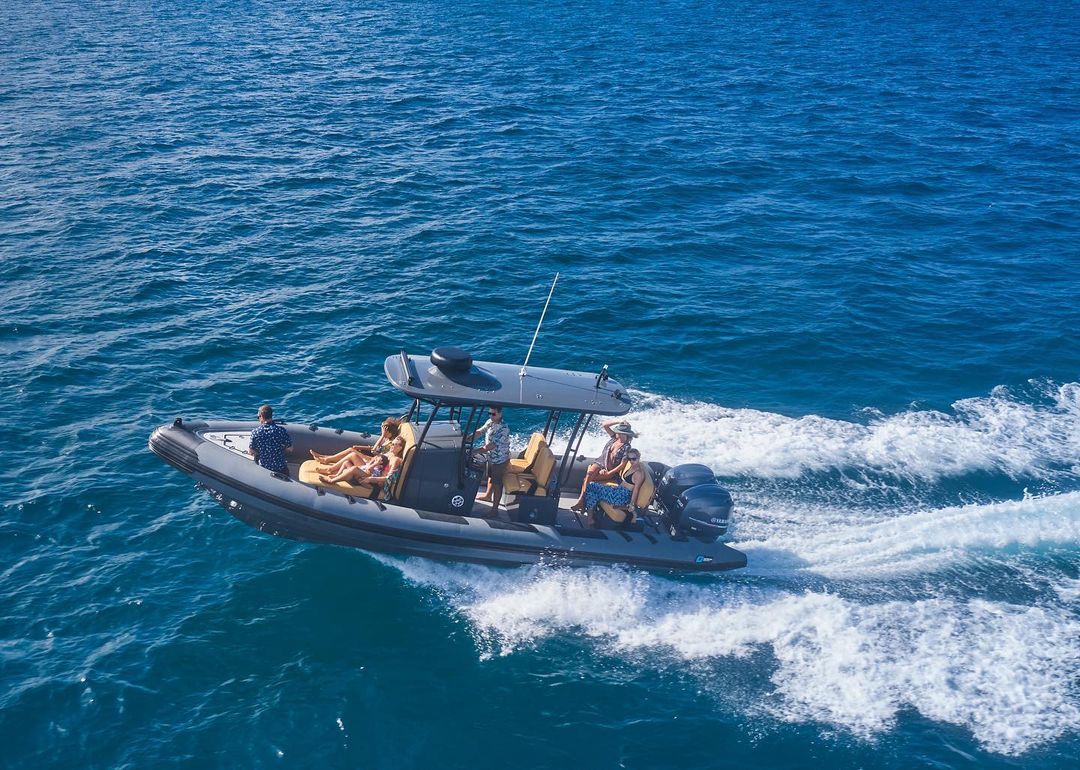RHIBs, or rigid-hulled inflatable boats, have become increasingly popular among boaters over the years due to their versatility and durability. RHIBs are known for their tough and rigid hulls, which allow them to handle rough waters with ease. They are also known for their inflatable tubes that surround the boat’s perimeter, which provide added buoyancy and shock absorption. If you’re new to boating with a RHIB boat, this guide will provide you with everything you need to know to get started.
Safety First
As with any boating activity, safety is the number one priority when boating with a RHIB. Before setting out on your adventure, make sure you have all the necessary safety equipment on board, including life jackets, flares, and a fire extinguisher. It’s also important to make sure that everyone on board is familiar with safety procedures, such as what to do in case of an emergency or how to properly use safety equipment.
Familiarize Yourself with Your RHIB
Before you head out on the water, it’s important to take some time to familiarize yourself with your RHIB boat. Make sure you understand how to operate the boat’s controls, such as the throttle and steering wheel. You should also learn how to inflate and deflate the boat’s tubes, as well as how to properly store and maintain the boat.
Choose the Right Equipment
When boating with a RHIB, it’s important to choose the right equipment for your specific needs. For example, if you plan to use your boat for fishing, you may need to invest in a fish finder or other fishing equipment. If you plan to use your boat for water sports, you may need to invest in tow ropes and other water sports equipment.
Check the Weather

Before setting out on your RHIB boat, it’s important to check the weather forecast. RHIBs are known for their ability to handle rough waters, but it’s still important to avoid extreme weather conditions, such as high winds or thunderstorms. Always be prepared for the weather by bringing appropriate clothing and gear, such as rain jackets or sun hats.
Know the Rules
Boating with a RHIB requires knowledge of the rules and regulations of the waterways you’ll be navigating. Familiarize yourself with the speed limits, no-wake zones, and other rules of the waterways you’ll be boating on. It’s also important to understand the navigational aids, such as buoys and markers, that are used to guide boaters.
Practice Good Boating Etiquette
RHIBs are known for their maneuverability, which means you’ll need to practice good boating etiquette to avoid collisions with other boats. When passing other boats, always pass on the port (left) side. If you’re approaching a boat head-on, both boats should turn to starboard (right) to avoid a collision.
Maintain Your RHIB Boat

To ensure your RHIB boat remains in top condition, it’s important to perform regular maintenance tasks, such as checking the boat’s tubes for leaks or damage, cleaning the boat’s hull, and checking the boat’s motor for signs of wear and tear. Regular maintenance will help prevent breakdowns and extend the life of your RHIB.
Take a Course
If you’re new to boating with a RHIB, it’s a good idea to take a boating safety course. These courses cover important safety topics, such as how to operate a boat safely, how to read nautical charts, and how to handle emergencies. You’ll also learn valuable boating skills, such as how to anchor a boat and how to tie knots.
More Travelling Stories:
Finding Vegetarian Restaurants While Travelling In Indonesia
Plan Your Route
Before setting out on your RHIB, it’s important to plan your route in advance. This will help ensure you have a safe and enjoyable boating experience. Use nautical charts to plan your route and make note of any hazards or obstructions, such as rocks or shallow water. You should also plan for any stops you might want to make along the way, such as a beach or a marina.
Be Prepared for Emergencies
Even with the best planning and safety measures, emergencies can still happen. That’s why it’s important to be prepared for emergencies when boating with a RHIB. Make sure you have a first-aid kit on board, as well as a marine radio or other communication device in case you need to call for help. It’s also a good idea to have a backup plan in case something goes wrong, such as an extra fuel can or a spare propeller.
In conclusion, taking an adventure with a RHIB boat can be a fun and exciting way to explore the waterways. However, it’s important to prioritize safety and take the necessary steps to ensure a safe and enjoyable boating experience. By following these tips and guidelines, you can enjoy all the benefits of boating with a RHIB while staying safe and prepared for any situation.



